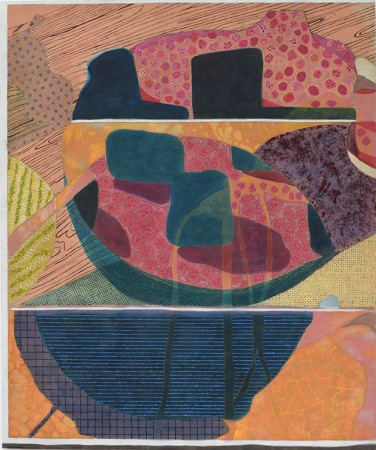8 September to 15 October 2022

Rete mirabile translates variously to marvellous or miraculous network[1] or wonderful net[2]. First identified and named by the ancient physician Galen (b. AD 131), the miraculous network was to be found at the base of the human brain, though this was likely based on the dissection of oxen or sheep. It took the better part of 1400 years to show it was not part of human anatomy, yet the role it played was nothing less than refining blood and pneuma (the air, breath, vital spirit of the body), making reasoning and bodily movement possible. It indeed exists in some mammals, birds and fish, performing impressive (and humoural) functions having to do with the regulation of temperature. The theorizing and misidentification of this organ is indicative of the history of western medical knowledge where for two millennia the theory of four humours (yellow and black bile, blood and phlegm) circulating in the body attempted to explain not only physical and mental health but also character and temperament. Humoural theory placed the microcosm of the body into the macrocosm of the natural world, stressing the environmental influence on health and character, using the blending and proportion of each humour and its elemental constituents to explain both organic and psychological functions.
The recent paintings in miraculous network, inspired by research into the history of the humours, take some of these ideas as structural metaphors to treat painting as a kind of body, made up of fluids and subject to the juxtapositions and characters of a variety of forms. They are not singularly formal or symbolic, figurative or expressive, but move between macro and micro imagery, and incorporate a multitude of interior and exterior spaces. A pre-Cartesian mind-body reflecting on itself as a kind of theoretical still life, where the goal might be an equilibrium of forces, but the results often have a complexity that is difficult to diagnose. Accordingly, the painting's compositional development is a confluence of decisions, influences and suggestions that come from both inside and outside the painting, slowly developing thematic links or simply striving for a balanced intricacy.
[1] Arikha, Noga. Passions and Tempers. Harper Perennial; 2007
[2] https://en.wikipedia.org/wiki/Rete_mirabile

